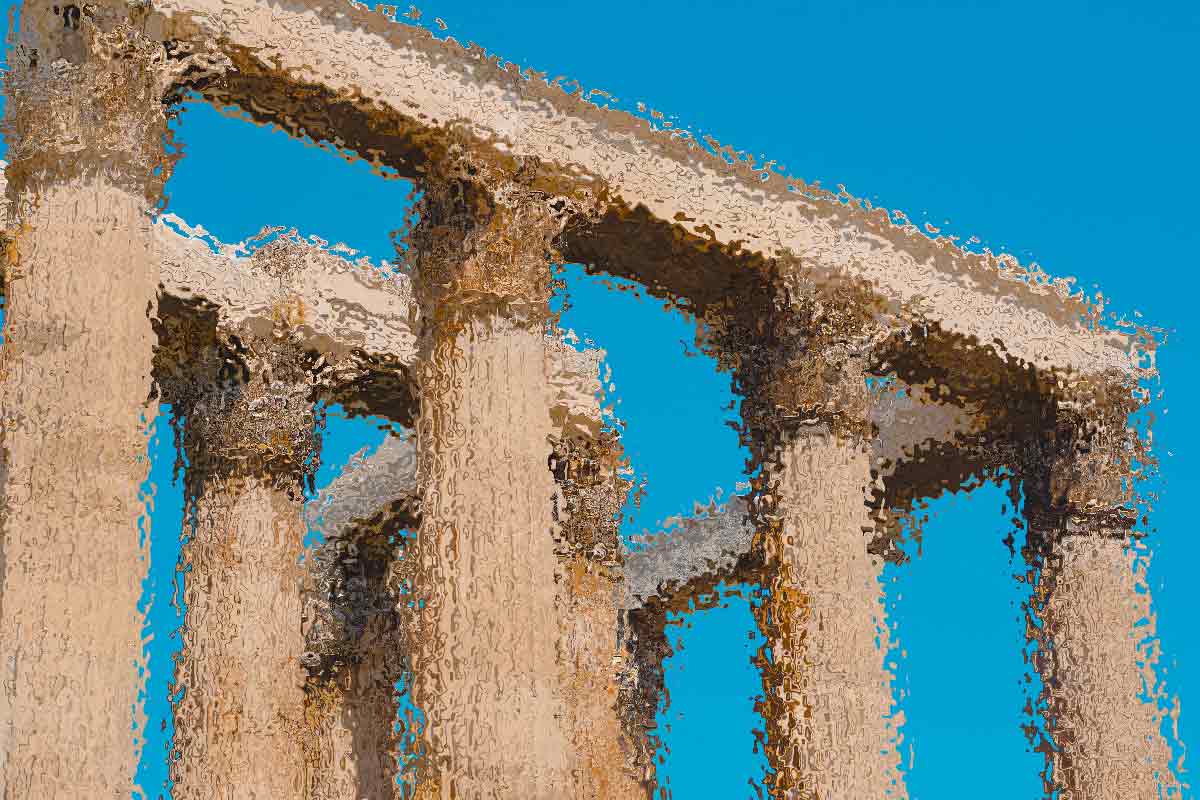Nestled in the lush Turrialba region of Costa Rica, Guayabo National Monument is an archaeological treasure that offers a glimpse into the ancient civilizations of Central America. This fascinating site, rich in history and natural beauty, is an essential destination for anyone interested in the cultural heritage of Costa Rica. Join me as we explore the wonders of Guayabo National Monument, a place where history comes alive amidst the verdant landscape.
A Brief History of Guayabo National Monument
Guayabo National Monument is Costa Rica’s most significant archaeological site, dating back to 1000 BCE. The site was once a thriving city, believed to have been inhabited until 1400 CE. It covers approximately 218 hectares, though only a small portion has been excavated and studied.
The site was first discovered in the late 19th century, and systematic excavations began in the 1960s. These excavations have revealed a complex urban center with roads, aqueducts, tombs, and petroglyphs, showcasing the advanced engineering and social organization of the ancient inhabitants.
Exploring the Site
The Central Plaza
The heart of Guayabo is its central plaza, a large open area surrounded by mounds and structures. This plaza likely served as a communal space for social, political, and religious activities. Walking through the plaza, you can imagine the bustling life that once filled this ancient city.
The Aqueduct System
One of the most impressive features of Guayabo is its sophisticated aqueduct system. This network of stone-lined channels was used to transport fresh water from nearby springs to the city’s inhabitants. The aqueducts demonstrate the advanced engineering skills of the ancient people, who were able to create a reliable water supply system without modern tools or technology.
The Causeways
Radiating from the central plaza are several stone-paved causeways, which served as the main thoroughfares of the city. These causeways connected different parts of the settlement and facilitated trade and communication. Walking along these ancient roads, you can almost hear the footsteps of the people who once traveled them daily.
The Petroglyphs
Scattered throughout the site are numerous petroglyphs, intricate carvings on stone that depict animals, human figures, and abstract designs. These petroglyphs are believed to have had religious or ceremonial significance, offering a glimpse into the spiritual life of the ancient inhabitants.
Burial Mounds
Guayabo is also home to several burial mounds, where the remains of important individuals were interred. These mounds, made of stone and earth, vary in size and complexity. The presence of grave goods, such as pottery and jewelry, suggests that the ancient inhabitants believed in an afterlife and practiced elaborate burial rituals.
The Natural Beauty of Guayabo
Beyond its archaeological significance, Guayabo National Monument is a haven for nature lovers. The site is located within a tropical rainforest, home to a diverse array of flora and fauna. As you explore the ruins, you’ll be surrounded by the sights and sounds of the forest, from the calls of exotic birds to the rustle of leaves in the breeze.
Flora and Fauna
The lush vegetation includes towering trees, vibrant flowers, and a variety of ferns and mosses. The forest is also home to many animals, including monkeys, toucans, and colorful butterflies. The rich biodiversity of the area adds to the enchanting atmosphere of Guayabo, making it a perfect destination for both history enthusiasts and nature lovers.
Visiting Guayabo National Monument
Getting There
Guayabo National Monument is located about 19 kilometers northwest of Turrialba, a town in the Cartago Province. The site is accessible by car, and the journey offers stunning views of the surrounding countryside. Public transportation options are also available, with buses running from Turrialba to the park entrance.
Guided Tours
To make the most of your visit, consider taking a guided tour. Knowledgeable guides can provide deeper insights into the history and significance of the site, bringing the ancient city to life with their stories and explanations. Guided tours are available in both Spanish and English.
Visitor Facilities
The park has a visitor center with informative displays about the site’s history and archaeology. There are also picnic areas and restrooms available for visitors. The trails around the site are well-maintained, making it easy to explore the ruins and the surrounding forest.
Conclusion
Guayabo National Monument is a captivating destination that offers a unique window into Costa Rica’s ancient past. Its impressive archaeological features, combined with the natural beauty of the tropical rainforest, make it a must-visit site for anyone traveling to Costa Rica. Whether you’re a history buff, a nature enthusiast, or simply looking for a unique adventure, Guayabo has something to offer. So pack your bags, put on your walking shoes, and get ready to step back in time as you explore the wonders of Guayabo National Monument
